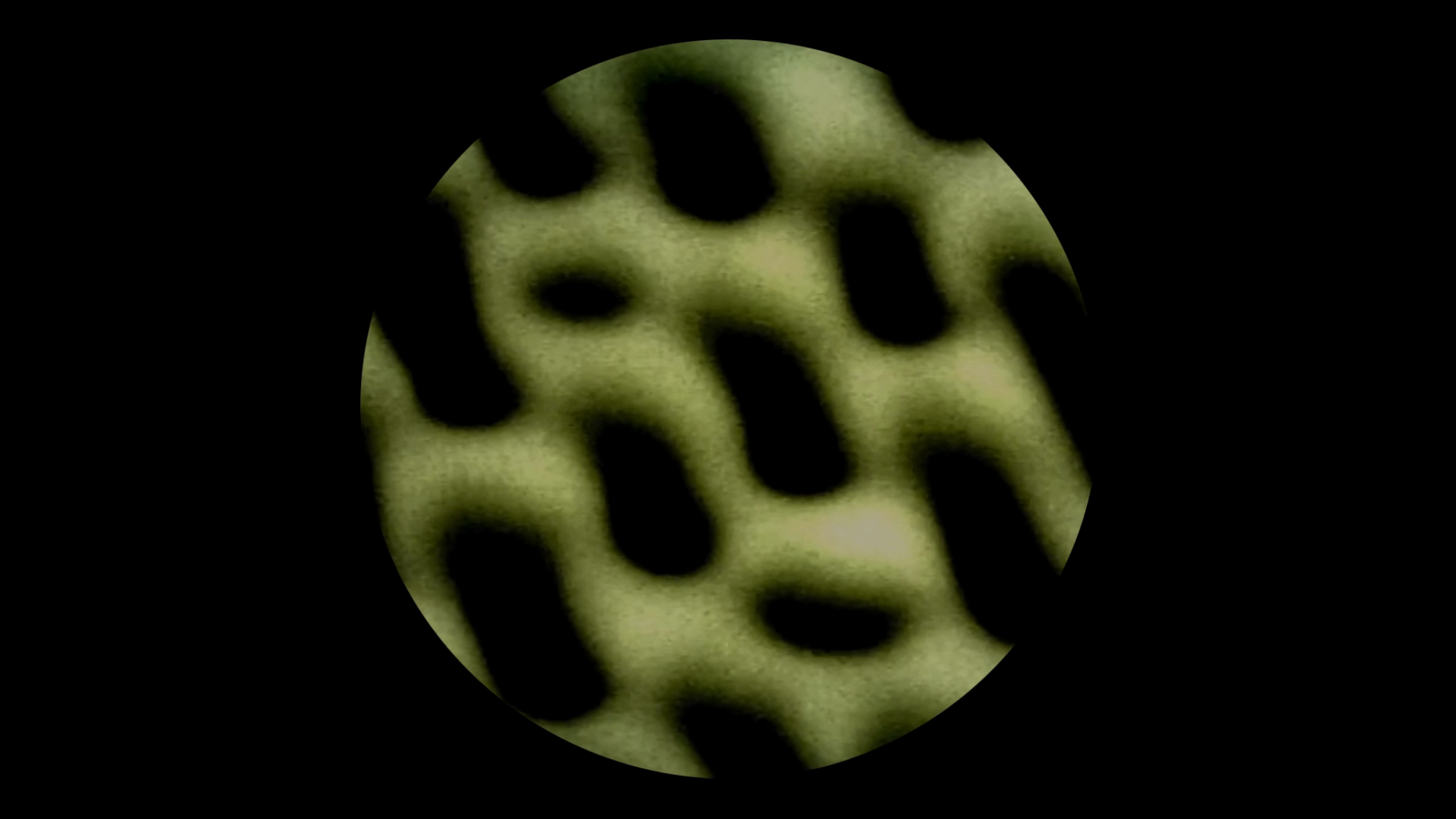
Jenny Pickett, Julien Ottavi
Using bio-electrode module synth inputs and DIY electronic bio-sensors we will interpret the soil, weeds, moss and fungus of Bergen. The sounds produced will be decomposed by an artificial intelligence for a quadraphonic audio experience.
Stereo visuals, and upclose will catch aspects of live, electronics and organic matter.
Since 2015 Solar Return have been working on the use of organic organisms such as plants and fungi in the processes of recycling e-waste, new DIY circuit development and how these systems create feedback audio transmission using moisture and decomposition of the circuit boards.
This begins with a few spores settling down on a nutritious surface. When these spores wake up in close proximity to one another they start germinating at approximately the same time and grow outwards as thread-like cells (hyphae) at a similar rate. The electronics feed on both the sun and wet soil, pregnant with (DIY) mycelium growth. As an information superhighway the interactions between a large, diverse population of individuals speeds up. It allows individuals who may be separated to communicate and help each other out. It also allows them to commit new forms of communication.
Solar Return
Nantes based artists Jenny Pickett and Julien Ottavi created Solar Return in 2009. Taking electromagnetic phenomena as a starting point for their audio creations. They have produced various scores for dual audio synths/oscillators/DIY electronics etc…which reflect patterns and electromagnetic events such as solar flares and inner city mobile phone masts, hidden sonic environments as well as the unfathomable audio world of kitchen appliances. Through their performances the duo tunnel deep into the world of frequency, static and sound as a physical experience, where they mix environmental recordings from the cosmos to pylons to Nuclear power plants with Live electronics and various antennas as instruments. Ottavi has been working with radio-art and open recordings since the late 1990’s, from performing with pirate radio transmitters or decentralised internet broadcasting, as well as giving workshops on the construction of electromagnetic antennas, receivers and radio-hacking. Pickett has been performing Live using huge VLF antennas as an instrument since 2013. Solar return plays with the physical space, the audience and the architecture of the venue to reveal and remix the hidden soundscapes present therein. Both defend the community of experimental music and arts, as well as FLOSS / copyleft attitudes through the project APO33, which Ottavi founded in 1997.
http://www.apo33.org
Solar Return has performed internationally at various events and festivals including Piksel Festival, Bergen (NO), Wave Farm, Hudson Valley (US), Main d’Oeuvre, Paris (FR), Transpecos, New York (US), Coaxial, L.A. (US), Harvest works, New York (US), STWST48 @ Ar Electronica in Linz (AT), Experimental Intermedia, New York (US), NeON festival, Dundee (UK), ACUD, Berlin (DE), IKLECTIK, London (UK), SONOSCOPIA Porto (PT), Kontactor in Riga (LV), CYCLE CULTURE CLUB in Crete (GR), Fylkingen (SE), OEIL DE L’ODAACQ FESTIVAL, Rennes, LUFF – Lausanne Underground Film Festival, Lausanne (CH), HTMLL’s Festival, Montreal (CA), LES ATELIERS CLAUSS, Brussels (BE), among many others…
http://solarreturn.bandcamp.com/releases


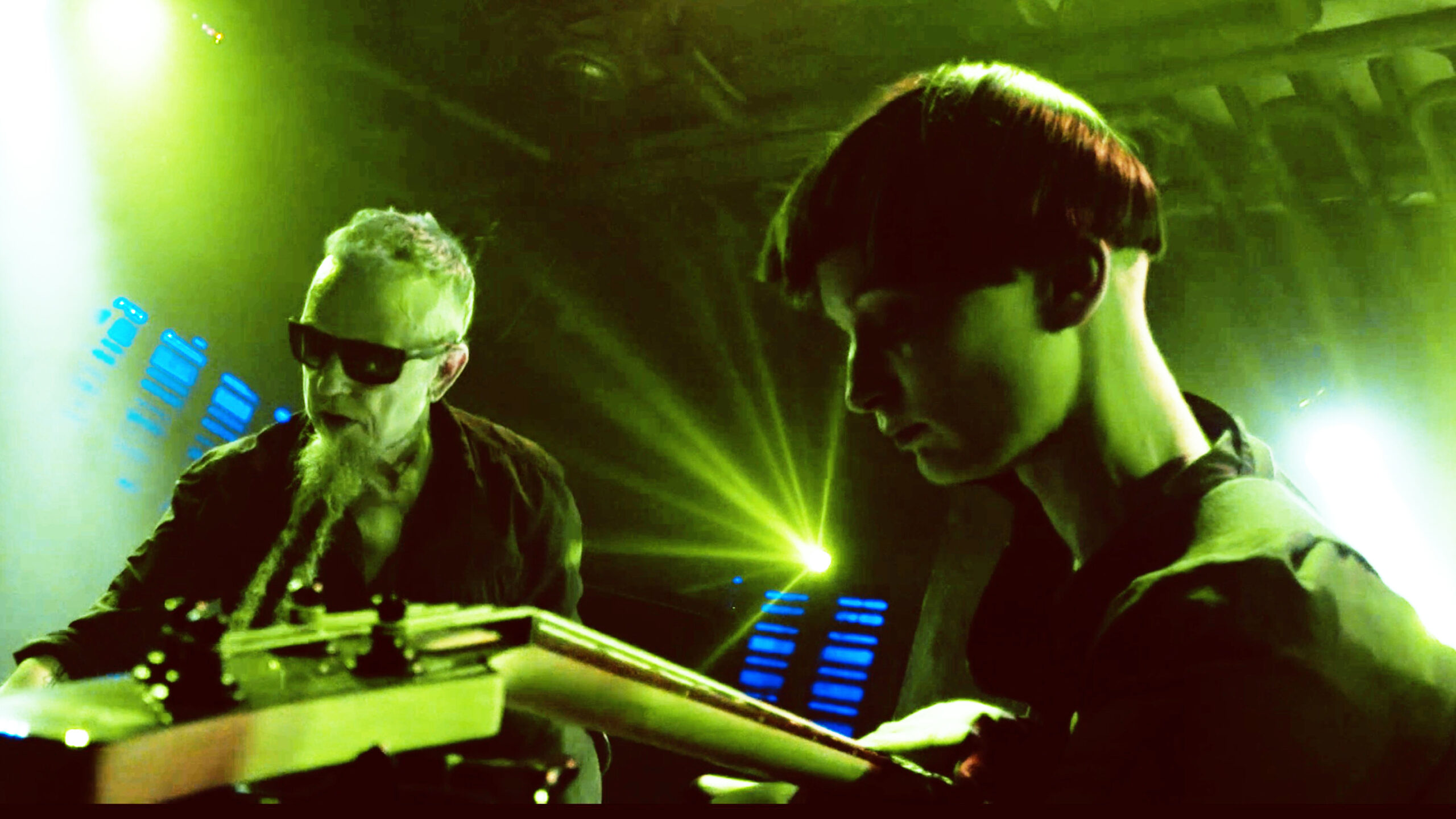
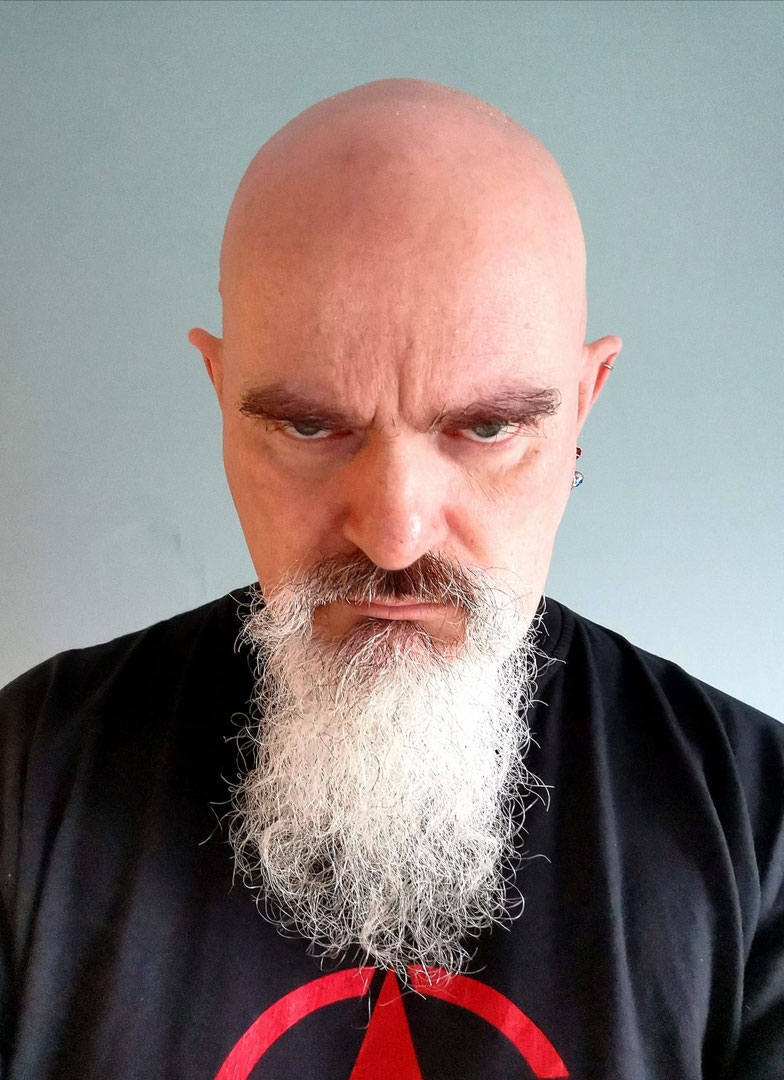
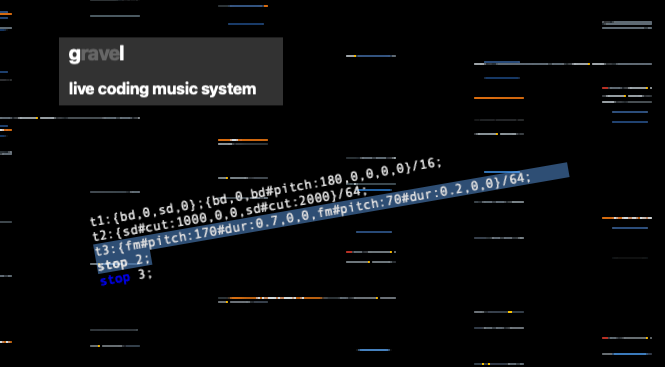
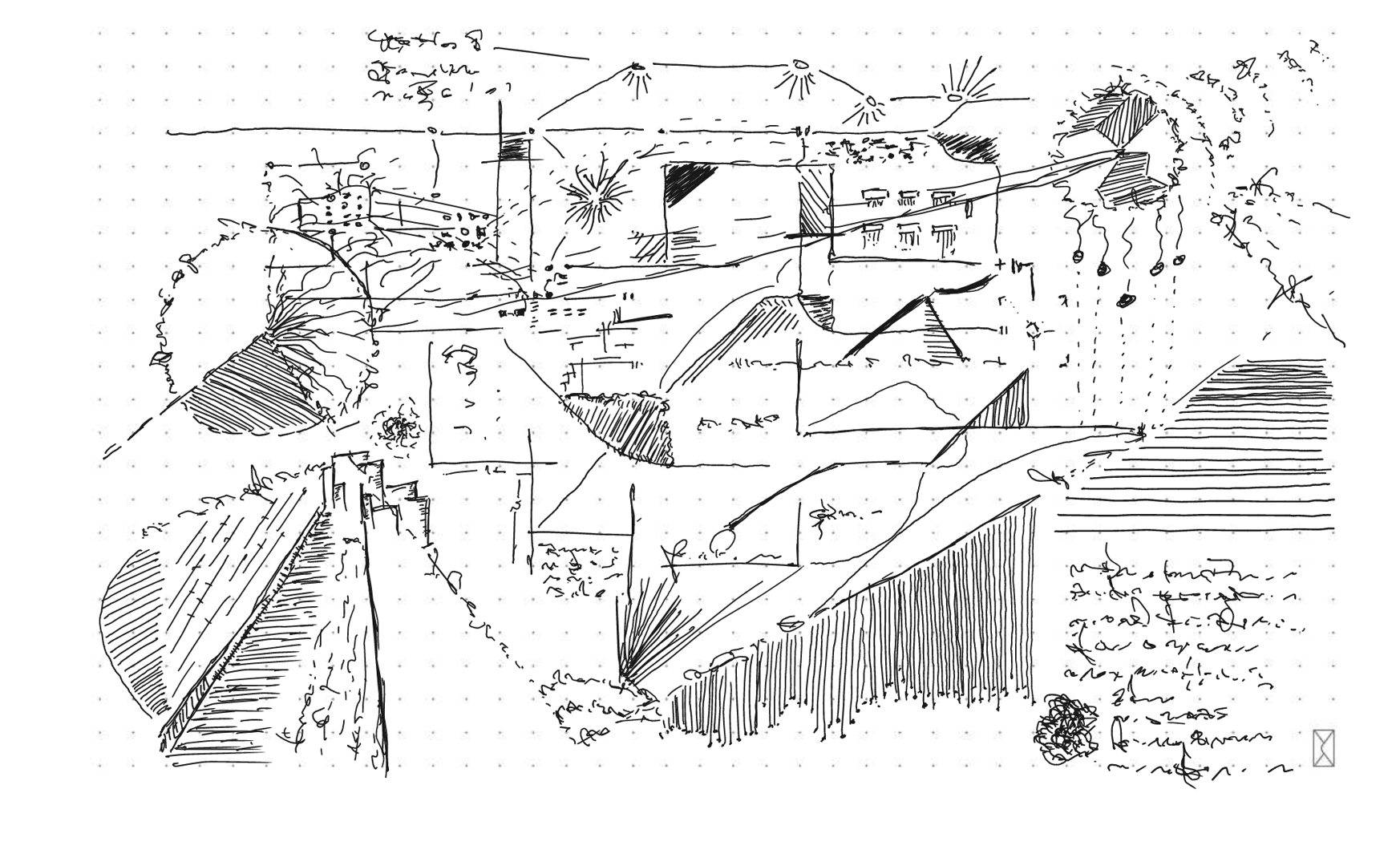

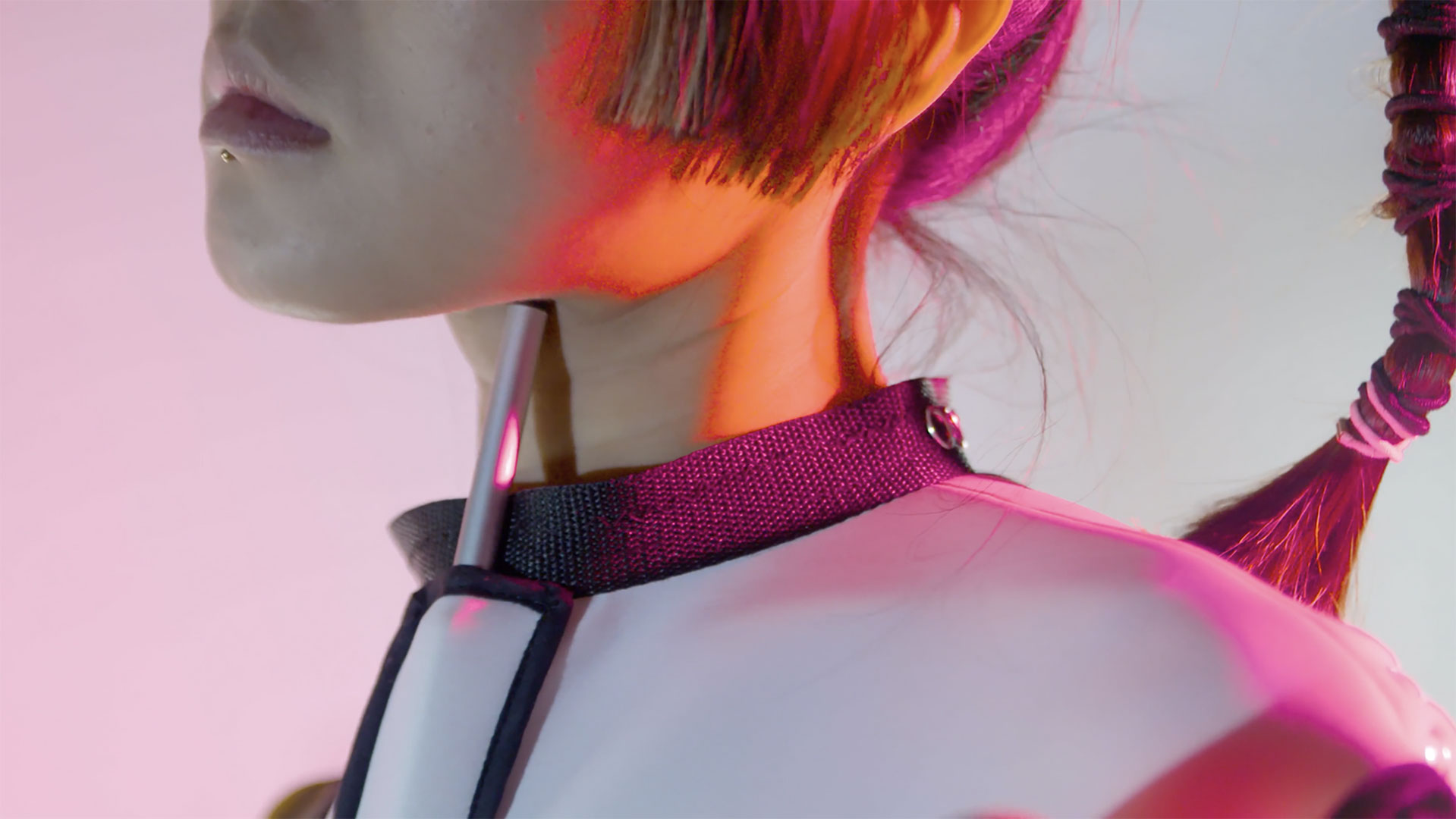
![Meta Music Machines [Fluorescent Markov Beat]](https://22.piksel.no/wp-content/uploads/sites/12/2022/11/Meta-Music-Machines-Fluorescent-Markov-Beat.jpg)